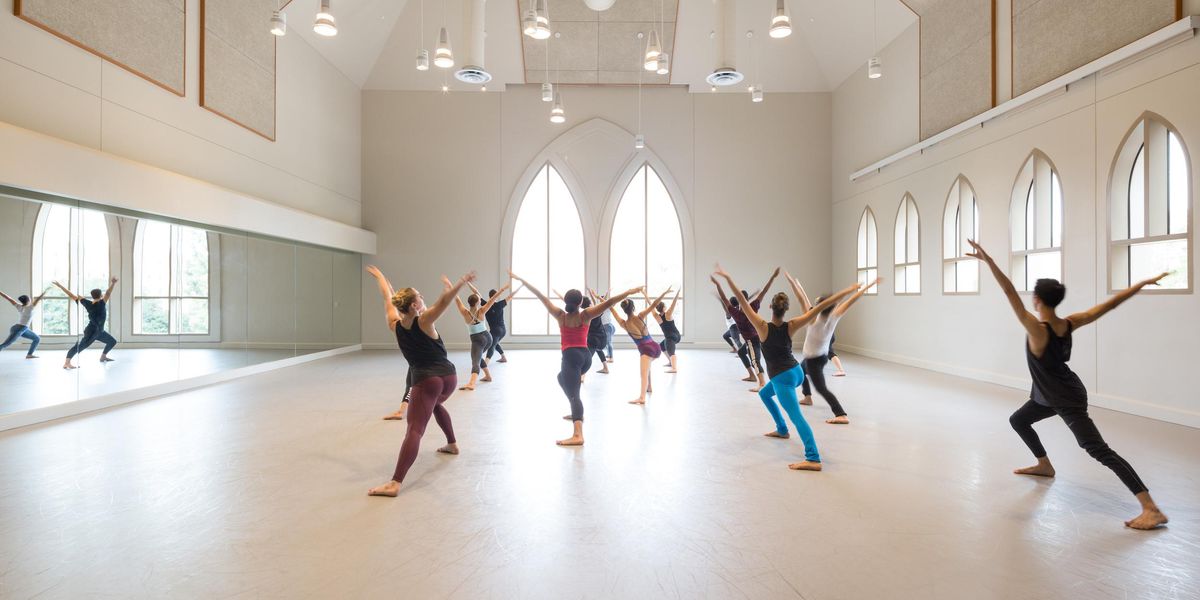All in the Family
We think of certain dance figures as standing alone, but often they emerged from a dance family. I just learned that Marius Petipa, the originator of classics like Swan Lake and Sleeping Beauty, was from a dance family. His father, brother, and daughter also danced professionally.
Marie Taglioni’s father was the choreographer who cultivated her. Then there was Mathilda Kshessinskaya, the first Russian ballerina who rivaled the virtuosity of Italian ballerinas in the early part of the 20th century. Her father was a famous mazurka dancer in his day.
Maya Plisetskaya came from a dance family, too: Her mother, Sulamif Messerer, often danced with her own brother, Asaf Messerer, who became a famous teacher. Maya’s brother Azari Plissetski, was a great teacher too.
Kaitlyn (left) and Raina Gilliland in the SAB studios, photo by Rosalie O’Connor.
Michel Fokine’s niece, Irine Fokine, was my childhood ballet teacher in New Jersey. Sometimes her brother, Leon Fokine, would teach, and other times her sister-in-law, Gloria Fokine, gave class. Irine and Leon’s mother was Alexandra Fedorova, who graduated the Imperial Ballet School a few years behind Pavlova and became a popular ballet teacher in NYC in the 1940s and ’50s.
There are probably thousands other dance families or dance siblings. The potential for sibling rivalry is tempered by the potential for a certain joyful intimacy. Our 2012 story on this topic includes the Fairchild siblings at New York City Ballet and the Tilton brothers at Ballet West. A previous story interviewed the Gilliland sisters, when Kaitlyn was in the corps of NYCB and Raina a student at SAB. (I just saw Kaitlyn dance beautifully with Trainor Dance.).
But I feel particularly close to our story from last May, in which five dancers talk about training with their mothers—because that’s where I fit in. I loved taking my mother’s lessons in “interpretive dance” in our basement in New Milford, NJ. She had danced with Jane Dudley and been on scholarship with Martha Graham. From the age of 5, I learned how to clap out rhythms, fly across the room in the “Isadora skip,” and improvise slow-motion fights with a partner. But it wasn’t all smooth sailing: I got into arguments with my mother because I would come downstairs to the basement when I heard my favorite record playing, even if it wasn’t my age group at the time. But taking those lessons with my mother implanted dance deep within me, in my bones—the bones of my earliest memories. This is one of the things I talk about in my book, Through the Eyes of a Dancer.
Dorothy Perron teaching an adult class in the 1950s.
Photo courtesy Wendy Perron




